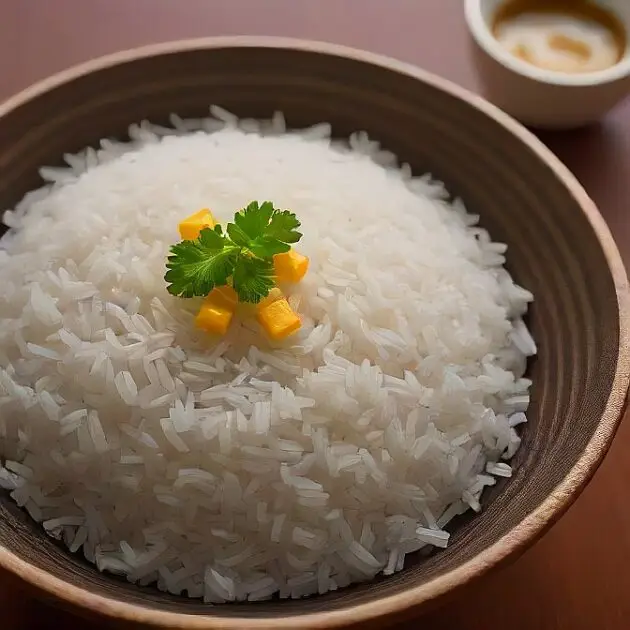Introduction
Kala Namak Rice, also known as Kalanamak Rice, is a treasured variety of aromatic rice from India. Known for its unique aroma, distinct taste, and high nutritional value, this traditional rice has been a staple in Indian households for centuries. In this blog, we will explore the origins, health benefits, cultivation practices, and culinary uses of Kala Namak Rice, highlighting why it deserves a place in your kitchen.
What is Kala Namak Rice?
Kala Namak Rice, often called the “Black Salt Rice,” is an ancient variety of rice primarily grown in the eastern regions of Uttar Pradesh, India. It has a distinct aroma and a slightly nutty flavor, making it a favorite among rice connoisseurs. The rice gets its name from the soil rich in minerals, which gives it its unique taste and properties.

History and Origin of Kalanamak Rice
The history of Kalanamak Rice dates back thousands of years. It is believed that this rice variety was gifted by Lord Buddha to the people of the region, making it a part of India’s cultural heritage. The rice has been mentioned in ancient texts and has been a symbol of prosperity for local farmers.
Health Benefits of Kala Namak Rice
- Rich in Antioxidants: Kala Namak Rice is high in anthocyanins, which help fight free radicals and reduce inflammation.
- Aids Digestion: This rice is easy to digest and supports a healthy gut.
- Supports Heart Health: The antioxidants and minerals in Kalanamak Rice promote cardiovascular health.
- Boosts Immunity: Rich in essential nutrients, this rice helps strengthen the immune system.
- Diabetes-Friendly: With a low glycemic index, it is a healthy choice for people with diabetes.
Cultivation of Kala Namak Rice
Kala Namak Rice is primarily grown in the Terai region of Uttar Pradesh, including districts like Siddharthnagar, Gorakhpur, and Basti. The traditional organic farming methods ensure the rice retains its natural flavor and nutrients. The crop requires less water compared to other rice varieties, making it eco-friendly.
Culinary Uses of Kalanamak Rice
- Plain Steamed Rice: Enjoy the natural aroma and taste of Kalanamak Rice with dal or curry.
- Pulao: Make a flavorful pulao with spices and vegetables.
- Biryani: The distinct aroma enhances the taste of biryani.
- Kheer: Use Kalanamak Rice for a creamy, rich kheer.
Why Choose Kala Namak Rice?
- Aromatic and Flavorful: Unique taste and aroma.
- Nutrient-Rich: High in essential vitamins and minerals.
- Eco-Friendly: Sustainable and organic farming practices.
- Heritage Product: Supports local farmers and preserves ancient traditions.
Conclusion
Kala Namak Rice, with its rich history, health benefits, and culinary versatility, is a true superfood from India’s heartland. Adding this nutritious rice to your diet not only enhances your meals but also supports sustainable farming and local farmers. Experience the heritage and taste of India with every grain of Kalanamak Rice.
external link
The Legacy of Kalanamak Rice, Kalanamak Chawal, Gulfood Dubai 2025, kalanamak rice 1kg price , Best Kalanamak Rice in India

 kalanamak rice 1kg price – kala namak rice 1kg price
kalanamak rice 1kg price – kala namak rice 1kg price